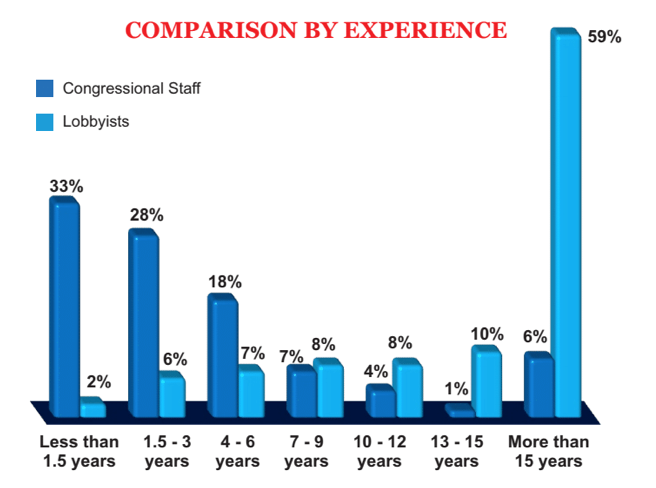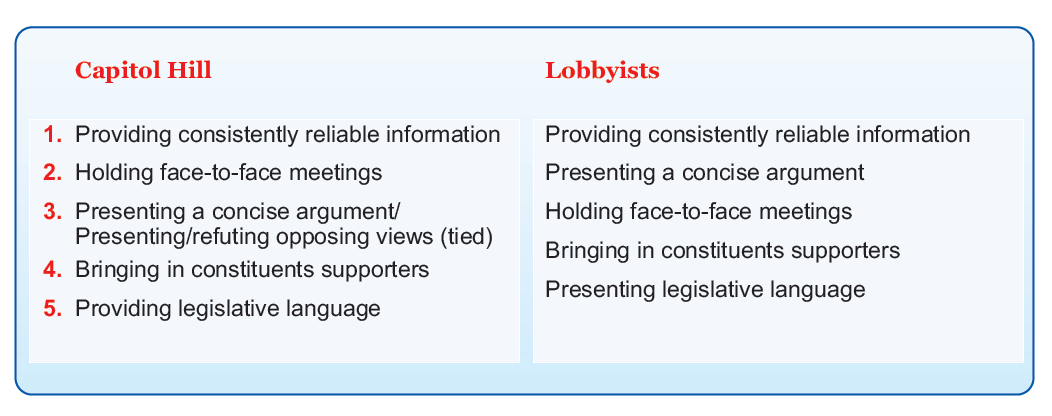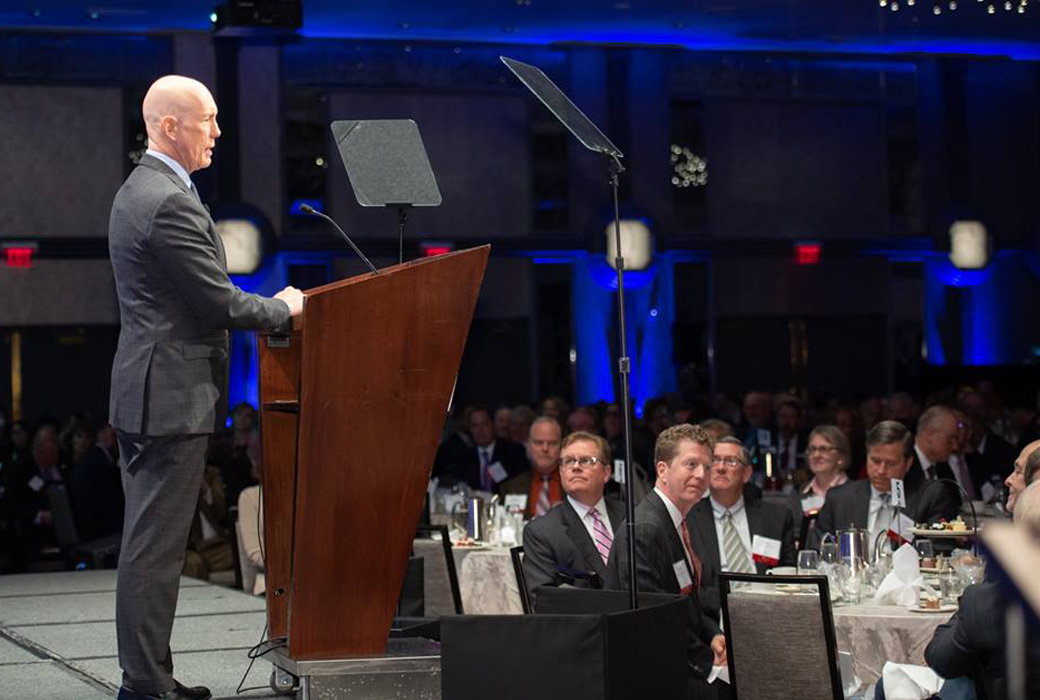
Getting Your Voice Heard in DC Isn’t About Yelling the Loudest, It’s About Being the Most Informed
Influencing or affecting public policy is a complex endeavor, especially since the 2016 election. According to Lobbyists.info, over 8.1 billion dollars was spent by the lobbying community to affect legislation before the U.S. Congress in the last two years alone. Those expenditures did not include the thousands of Americans weighing in with Congress on their particular viewpoint either in Washington, DC or back home in the Districts. The figure also does not include nonprofits and other organizations that fall under the threshold in which they’d have to report their advocacy activities. Finally, it does not include the myriad of opinionated media voices that exercise their freedom of speech to articulate a particular point of view in the shaping of public policy. Because of this, we can assume that 8.1 billion is just a starting point.
To get your voice heard on the Hill, you must be the most informed. The only way to do that is knowing how Congressional staff operate, how they prefer to be contacted, and what is important to them.
For example, turnover rate on the Hill is higher than ever, so it’s difficult to keep track of current Congressional staff. The graph below demonstrates how many years of experience lobbyists have in comparison with the Hill staffers with whom they are attempting to communicate. In 2012, 24% of Hill staffers stayed on the Hill for less than 18 months. In 2017 that number jumped to 33%. Additionally, in 2012, 46% of Hill staffers worked on the Hill for less than 3 years and in 2017, 61% worked for less than 3 years.

Given the age gap between lobbyists and the people they are trying to influence, it is essential to know what is important to Hill staffers. According to the chart below*, both lobbyists and Hill staff agree that providing the most credible and reliable information is the most important factor in influencing Congressional staff.

It is also important to remember how Congressional staff prefer to be contacted. Since 2012, the average number of emails Congressional staff receive per day has jumped from 134 to 151. However, at 64%, Congressional staffers still overwhelmingly prefer to be contacted via email. Being contacted via phone and in person tied for second with 15 percent.
The Congressional Communications Report overlays even more insights with expert analysis of shits in technology and social media to bring you a complete understanding of what works and what doesn’t when you are communicating with Capitol Hill. For more information on how to purchase this report along with an extensive amount of information, click here.
*Congressional Communications Report, 2017


